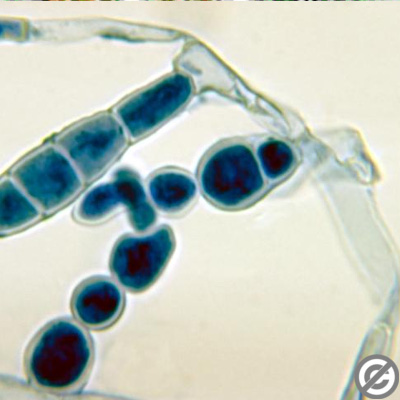 | TINEA PEDIS “ATHLETE’S FOOT”
is a cutaneous infections that cause ringworm lesion of foot. The agents causing these diseases are termed dermatophytes: Microsporum sp. Trichophyton sp. Epidermophyton mycelium. The fungi that cause athlete's foot grow well in warm, damp areas. For that reason, they often occur in and around swimming pools, showers, and locker rooms. That explains why tinea pedis is called athletes foot: it occurs frequently among athletes who use these facilities. |
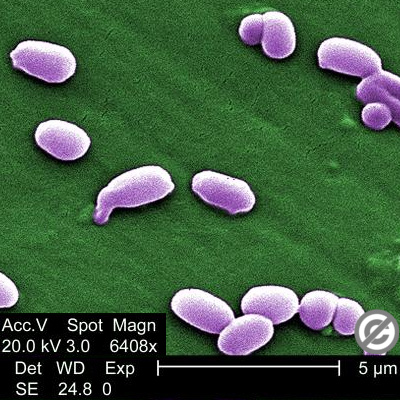 | BACILLUS ANTRACIS
Anthrax is an acute infectious disease that often leads to death, caused by the spore-forming bacterium Bacillus anthracis.
Anthrax can also be spread by eating undercooked meat from infected animals.
Anthrax in few hour after aspiration of spores can cause fever, dyspnea, tachycardia, rales, cyanosis feeble pulse, hypotension. If untreated, patient die in 2 or 3 days. Lesion in mediastinal lymph nodes, cause edema, toxaemia, bacteremia.
Anthrax spores can and have been used in biological warfare since World War II. |
 | CLOSTRIDIUM BOTULINUM
Clostridium botulinum is an anaerobic, Gram-positive, spore-forming rod that produces a potent neurotoxin. The spores are heat-resistant and can survive in foods that are incorrectly or minimally processed.
Foodborne botulism is a severe type of food poisoning caused by the ingestion of foods containing the potent neurotoxin formed during growth of the organism. The toxin is heat labile and can be destroyed if heated at 80°C for 10 minutes or longer .The disease is of considerable concern because of its high mortality rate if not treated immediately and properly. It can happen with inadequately processed, home-canned foods, in meat products, sausages, canned vegetables and seafood productc. |
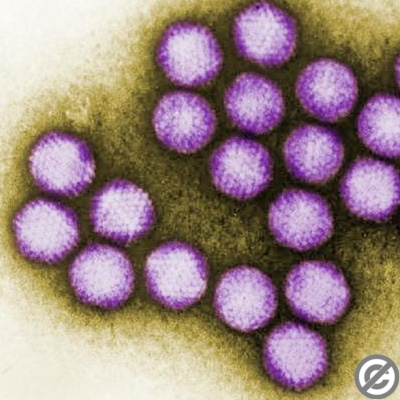 | ADENOVIRUS
Adenovirus is highly contagious for infants and children, and are less frequent in adults.Adenoviral infections can cause several disease: gastroenteritis, conjunctivitis, keratoconjunctivitis and pharyngoconjunctival fever, pharyngitis, rhinitis, acute otitis media, bronchiolitis, urinary infections. |
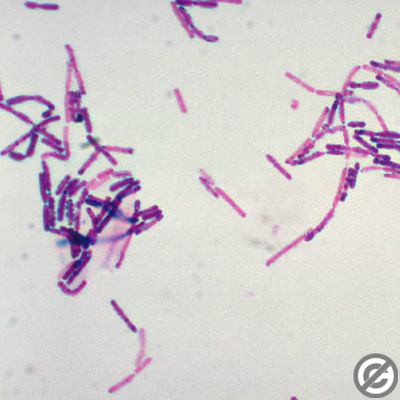 | BACILLUS CEREUS
Bacillus cereus is a Gram-positive bacteria produce toxin that are responsible of food poisoning. It is normally Common source of infection are: rice, cereals, beef, turkey, seafood, salad, potatoes, , sauces, soups, milk and various bakery products and desserts.
Bacillus cereus can be foun in soil, air, dust, water, animals and decaying matter.
It can cause nausea, cramplike abdominal pains and watery diarrhoea, and vomiting. |
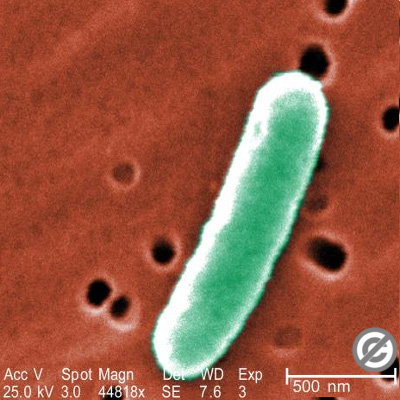 | ESCHERICHIA COLI
Escherichia coli can generally cause several intestinal and extra-intestinal infections such as urinary tract infections, meningitis, peritonitis, mastitis, septicemia and pneumonia. E. coli is often the causative agent of Traveler's diarrhea. The primary source of infection is ingestion of fecally contaminated food or water. |
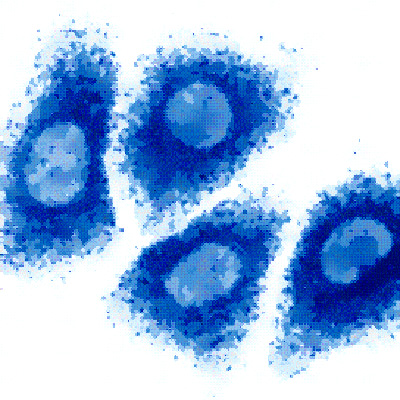 | HEPATITIS VIRUSES
Hepatitis A is a liver disease caused by hepatitis A virus.
Hepatitis A virus is spread from person to person by putting something in the mouth that has been contaminated with the stool of a person with hepatitis A. This type of transmission is called "fecal-oral." For this reason, the virus is more easily spread in areas where there are poor sanitary conditions or where good personal hygiene is not observed.
Hepatitis B s a serious disease caused by a virus that attacks the liver. The virus, which is called hepatitis B virus (HBV), can cause lifelong infection, cirrhosis of the liver, liver cancer, liver failure, and death.
HBV is spread when blood from an infected person enters the body of a person who is not infected. For example, HBV is spread through having sex with an infected person, by sharing drugs, needles, or from an infected mother to her baby during birth.
Hepatitis C is a liver disease caused by the hepatitis C virus (HCV), which is found in the blood of persons who have the disease. HCV is spread by contact with the blood of an infected person.
Hepatitis D is a liver disease caused by the hepatitis D virus (HDV), a defective virus that needs the hepatitis B virus to exist. Hepatitis D virus (HDV) is found in the blood of persons infected with the virus.
Hepatitis E is a liver disease that is spread by eating or drinking contaminated food or water.
|
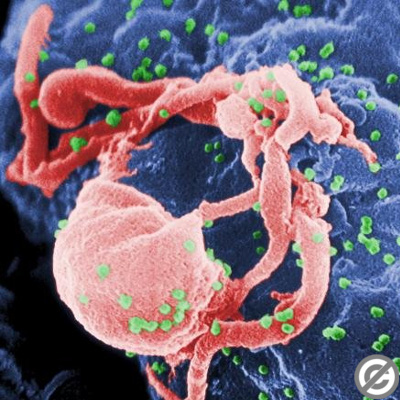 | HIV
Human immunodeficiency virus (HIV) is a retrovirus that causes A.I.D.S. (Acquired Immune Deficiency Syndrome) It is a serious disease of the immune system transmitted through blood products especially by sexual contact or contaminated needles.
AIDS happens concurrently with numerous opportunistic infections and cancer that are normally associated with the HIV infection.
The most common neurological complications of AIDS involve opportunistic infections of the brain such as progressive multifocal leucoencephalopathy (PML) and meningitis, other opportunistic infections such as herpes zoster (shingles), peripheral neuropathy, depression, and AIDS-related dementia. |
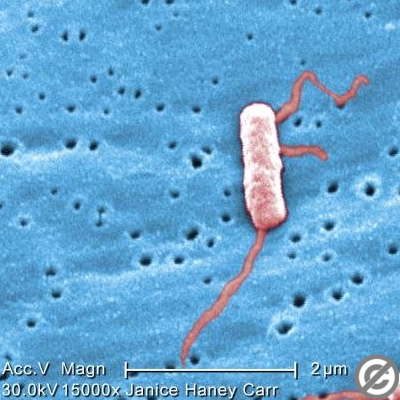 | Legionella pneumophila is the bacterium associated with Legionnaires' disease and Pontiac fever. Legionella transmission is via aerosols—the inhalation of mist droplets containing the bacteria Respiratory transmission of this organism can lead to infection, which is usually characterized by a gradual onset of flu-like symptoms. Patients may experience fever, chills, and a dry cough as part of the early symptoms. Patients can develop severe pneumonia. Legionnaires' disease also has the potential to spread into other organ-systems of the body such as the gastrointestinal tract and the central nervous system. Accordingly, patients with advanced infections may experience diarrhea, nausea, disorientation, and confusion. Usually involve middle-aged or immunosuppressed individuals. Pontiac fever is also caused by L. pneumophila but does not produce the severity of the symptoms found in Legionnaires' disease. The flu-like symptoms are still seen in Pontiac fever patients but pneumonia does not develop and infection does not spread beyond the lungs. |
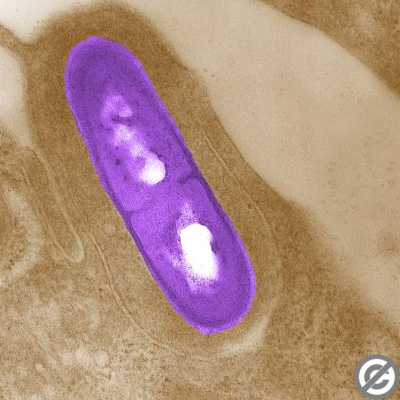 | LISTERIA MONOCYTOGENES
Listeria monocytogenes is a Gram-positive bacterium and causes the disease listeriosis. Listeriosis can cause septicemia, meningitis, encephalitis, corneal ulcer, Pneumonia, and intrauterine or cervical infections in pregnant women, which may result in spontaneous abortion (2nd/3rd trimester) or stillbirth. Surviving neonates of Fetomaternal Listeriosis may suffer granulomatosis infantiseptica - pyogenic granulomas distributed over the whole body, and may suffer from physical retardation.
L. monocytogenes has been associated with such foods as raw milk, pasteurized fluid milkcheeses ice cream, raw vegetables, sausages, raw and cooked poultry, raw meats, and raw and smoked fish. Its ability to grow at temperatures as low as 0°C permits multiplication in refrigerated foods. |
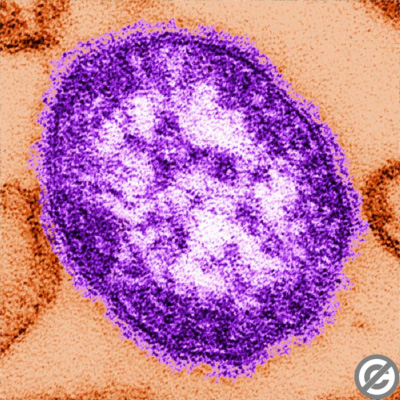 | MORBILLIVIRUS
Is a genus of viruses of the family Paramyxoviridae that includes the causative agents of measles.
Measles is one of the most contagious of all human viruses, with about forty million infections world wide each year, and one to two million deaths. Measles causes rash, cough, and fever, and can lead to ear infection, pneumonia, conjunctivitis, diarrhea, seizures, brain damage, and death. |
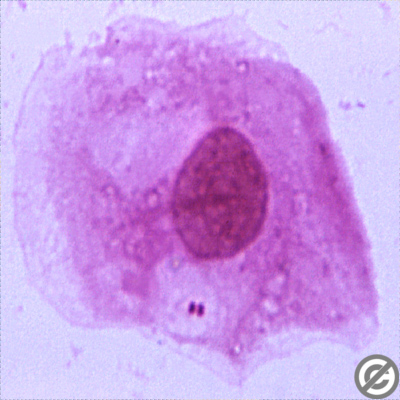
 | BACTERIAL MENINGITIS
Bacterial meningitis is a serious infection of the fluid in the spinal cord and the fluid that surrounds the brain.
Bacterial meningitis is most commonly caused by one of three types of bacteria: Haemophilus influenzae type b, Neisseria meningitidis, and Streptococcus pneumoniae bacteria.
The bacteria are spread by direct close contact with the discharges from the nose or throat of an infected person.
Meningitis is usually caused by an infection with a virus or a bacterium. Viral meningitis is usually relatively mild. It clears up within a week or two without specific treatment. Bacterial meningitis can cause severe disease that can result in brain damage and even death.
Common symptoms are high fever, headache, and stiff neck. These symptoms can develop over several hours, or they may take 1 to 2 days. Other symptoms can include nausea, vomiting, sensitivity to light, confusion, and sleepiness.
Advanced bacterial meningitis can lead to brain damage, coma, and death. Survivors can suffer long-term complications, including hearing loss, mental retardation, paralysis, and seizures. |
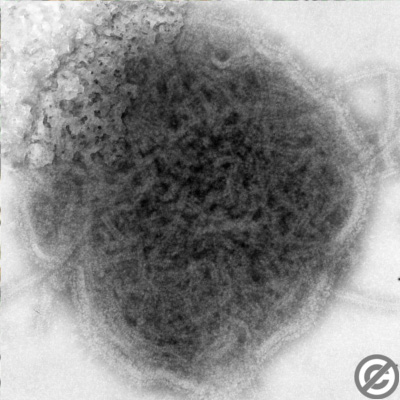 | PAROTITIS
This is a disorder caused by viral or bacterial infection of the salivary glands.
Viral infections such as mumps often affect the salivary glands (mumps most often affects the parotid glands). This form of parotitis is now much more rare in children because of the immunization vaccine. Parotitis can cause fever, abscess of salivary gland, localized spread of bacterial infection (cellulitis, Ludwig's angina).
Complications are meningoencephalitis, pancreatitis, orchitis, or deafness. |
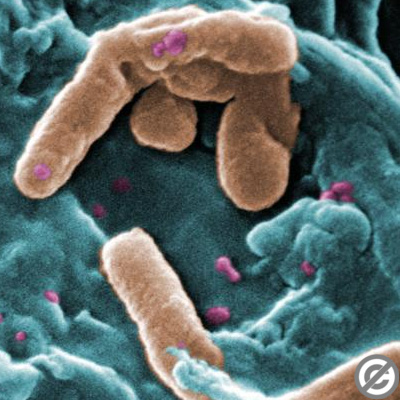 | PSEUDOMONAS AERUGINOSA
Pseudomonas aeruginosa is a Gram-negative bacterium which is ubiquitous in soil and water, and on surfaces in contact with soil or water.
Pseudomonas aeruginosa is an opportunistic pathogen, meaning that it exploits some break in the host defenses to initiate an infection. It is primarily a nosocomial pathogen.and can causes septicemia, urinary tract infections, pneumonia, chronic lung infections, endocarditis, dermatitis, and osteochondritis. |
 | RUBELLA
Rubella is a highly contagious - but rare - respiratory infection caused by the Rubella virus.
Symptoms of rubella are: low grade fever, swollen glands, joint pain, headache, conjunctivitis, rash, red papules on the area of soft palate. Rubella can cause congenital rubella syndrome in the fetus with birth defects: deafness, cataracts, heart defects, mental retardation, and liver and spleen damage. |
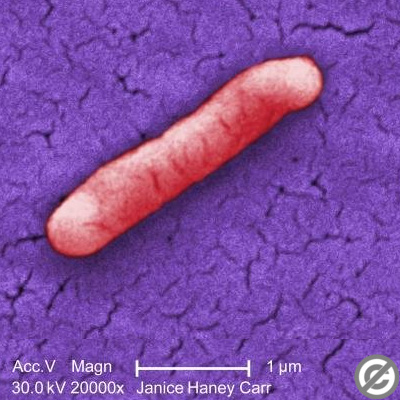 | SALMONELLA
Salmonella is a Gram-negative enterobacteria.
Salmonella enterica, has numerous serovars. Salmonella Typhi causes typhoid fever. Other salmonellae are frequent causes of foodborne illness, especially from poultry and raw eggs and more generally from food that has been cooked or frozen, and not eaten straight away. |
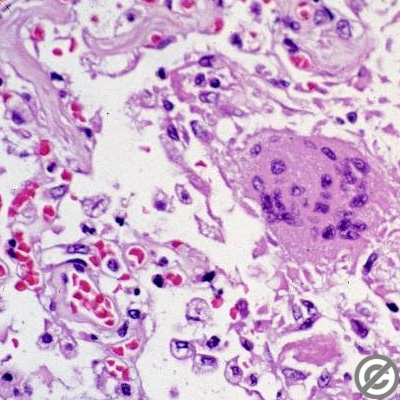 | SARS
Severe acute respiratory syndrome is an atypical pneumonia highly contagious and deadly type of pneumonia which caused several outbreaks In Asia, Europe, North America and South America. The disease is caused by the SARS coronavirus and can be spread through both casual and sexual contact.
In May 2005 the World Health Organization declared the disease eradicated'. |
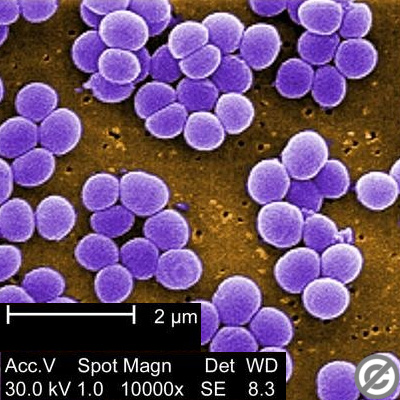 | STAPHYLOCOCCUS AUREUS
Staphylococcus aureus is a bacterium that is a common coloniser of human skin of hands and nose of a healthy person. Certain strains of Staphylococcus aureus are also the causative agent for septicemia, infections, pneumonia, meningitis, endocarditis. Food poisoning occurs after eating food containing toxins produced by the organism. The foods may be cooked (meats) or prepared
( cream products). Some strains are able to grow and produce highly heat-stable protein toxins in foods contaminated by handling if storage is inadequate. |
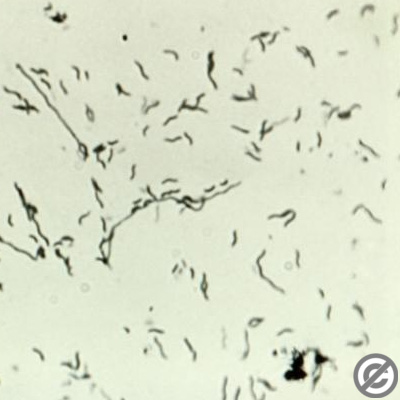 | CAMPYLOBACTER JEJUNI
Campylobacter jejuni is a Gram-negative bacteria.
Te name of the illness caused by Campylobacter jejuni is Campylobacteriosis.
The infection can cause diarrhea, fever, abdominal pain, nausea, headache and muscle pain. The illness usually occurs 2-5 days after ingestion of the contaminated food or water.
Campylobacter jejuni contaminates raw chicken, raw milk and non-chlorinated water. |
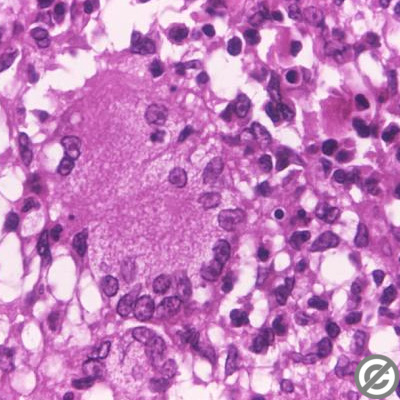 | MICOBACTERIUM TUBERCULOSIS
Mycobacterium. tuberculosis is an aerobe Gram-positive mycobacterium.
Tuberculosis is the name of this serious illness caused by this Mycobacteria that is spread by airborne droplets that must penetrate deep into the respiratory tree.
Tuberculosis most commonly affects the lungs (as pulmonary TB) but can also affect the central nervous system, the lymphatic system, the circulatory system, the genitourinary system, bones, joints and even the skin.
With the AIDS epidemic, the number of multiple drug resistant (MDR) strains has increased, making it even more difficult to treat cases. |
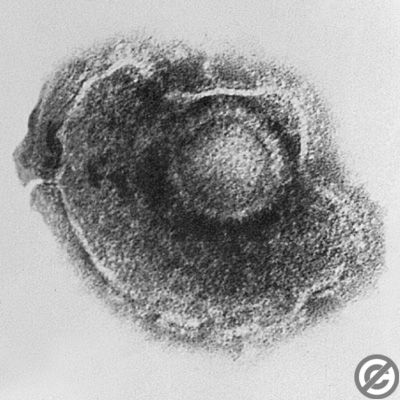 | VARICELLA HERPES ZOSTER
Varicella Herpes Virus (VZV) belong to the Herpes Virus Family. This virus causes two major diseases, chicken-pox (Varicella), usually in childhood, and shingles, later in life.
Shingles (Zoster) is a reactivation of an earlier varicella infection. It is spread by respiratory aerosols or direct contact with skin lesions. |
 | Warts are caused by papillomaviruses that are transmitted environmentally or by casual skin-to-skin contact. Some human papillomavirus (HPV) types cause benign skin warts, or papillomas in hands and feet. |
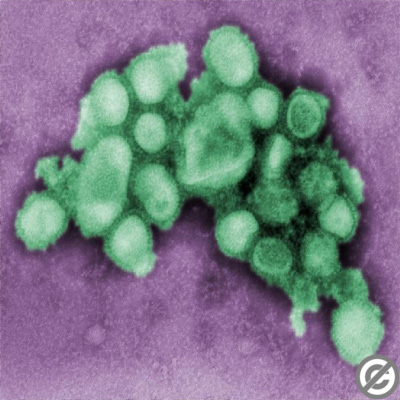 | VIRUS INFLUENZAE
Influenza is an acute infectious disease caused by a member of the orthomyxovirus family: influenza virus A, B or, to a much lesser extent, influenza virus C.
The virus is spread person to person via small particle aerosols (less than 10μm diameter) that can get into respiratory tract. It can also survive for a short time on surfaces and can be spread by this route if the virus is introduced into the nasal mucosa before it loses infectivity. Virus concentration in nasal and tracheal secretions remains high for 24 to 48 hours after symptoms start and may last longer in children.
Influenza can cause fever, myalgias, headache, photophobia, tears, ache, dry cough, nasal discharge.
Complications are: acute laryngotracheobronchitis, pneumonia, myositis, cardiac complications, Encephalopathy. |
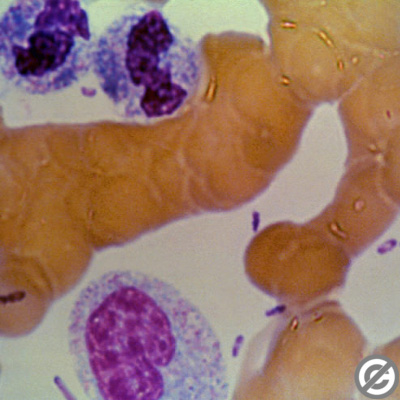 | YERSINIA ENTERCOLITICA
Yersinia enterocolitica is a bacteria that can cause fever, abdominal pain, and diarrhea, which is often bloody. In older children and adults, right-sided abdominal pain and fever may be the predominant symptoms, and may be confused with appendicitis.
The infection is most often acquired by eating contaminated food, especially raw or undercooked pork products or drinking contaminated water..
Its ability to grow at temperatures as low as 0°C permits multiplication in refrigerated foods. |
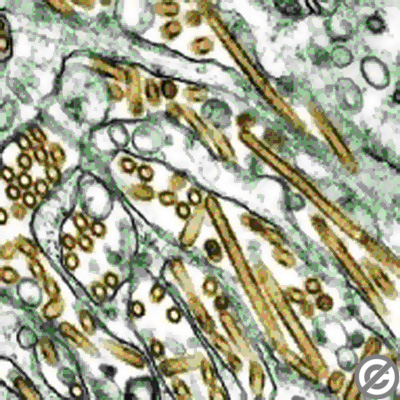 | VIRUS H5N1 or AVIAN FLU
The virus called H5N1 is a subtype of bird flu with lethal effects on birds. Since 1997 is the first kind of bird flu that infected humans. It is mostly a bird disease and rarely infects humans; the concern about H5N1 is that it is constantly evolving at a very fast rate and could create a human flu pandemic that could kill many millions of people. |





Đăng nhận xét